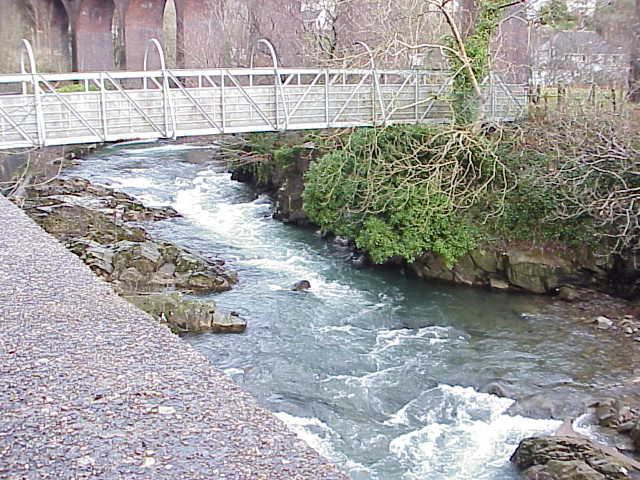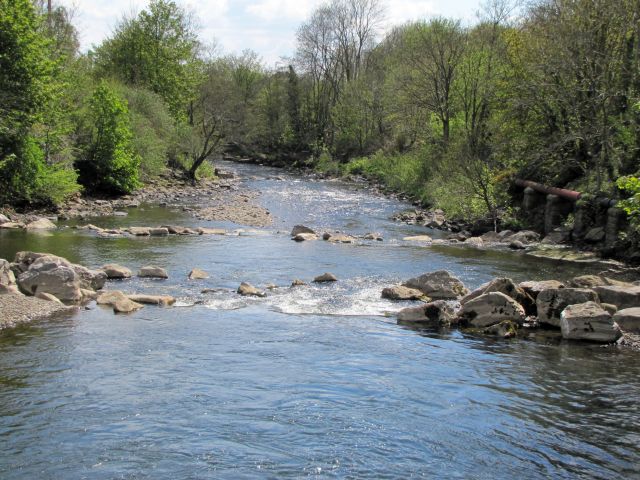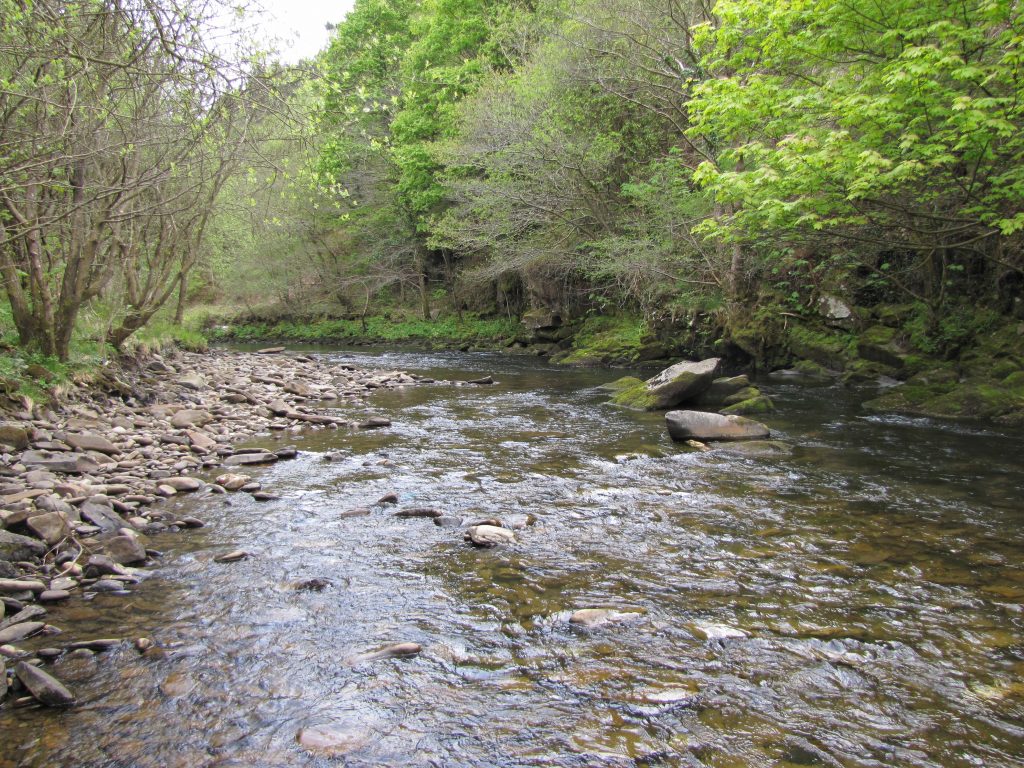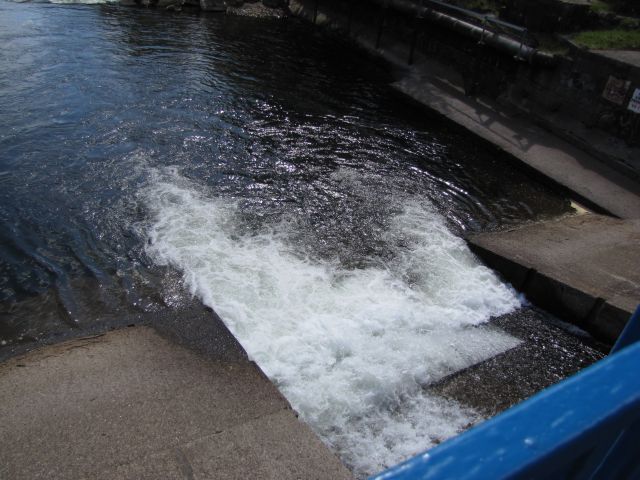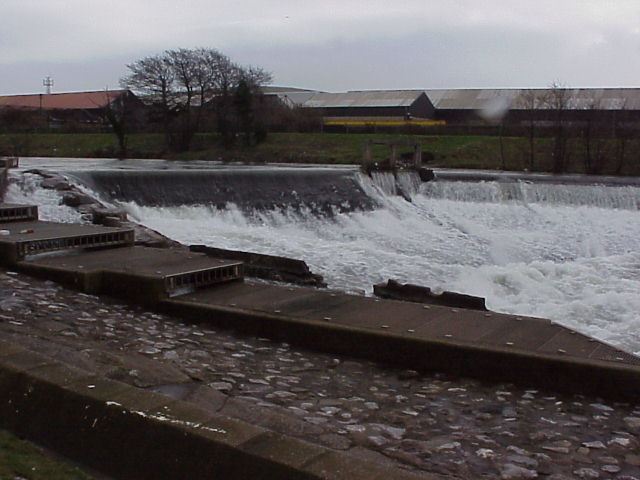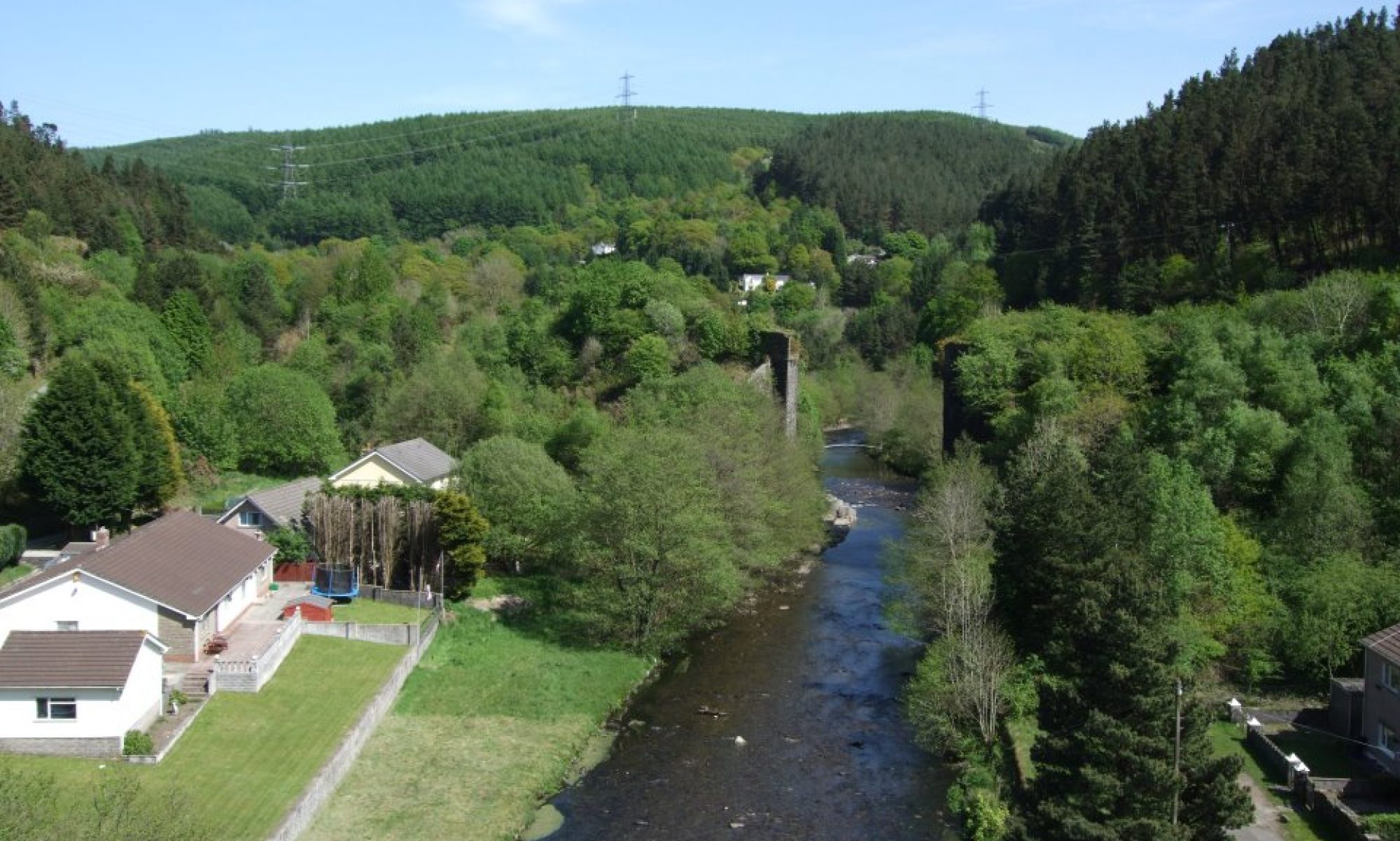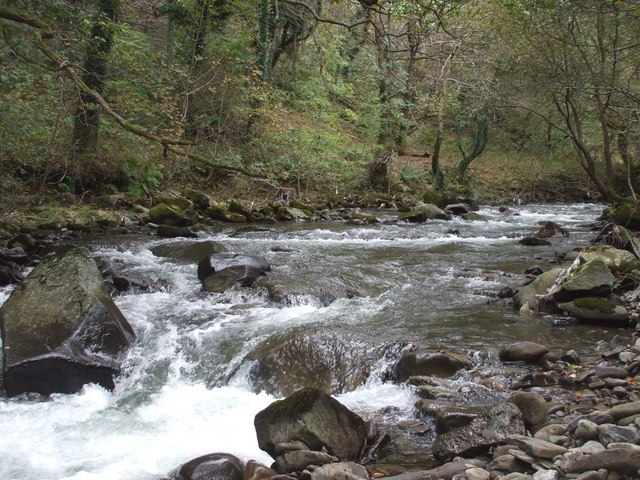
The River Afan begins at the confluence of the River Corrwg and River Gwynfi, near Cymmer. It flows down through the Afan Valley and to the ocean at Aberafan (aka Port Talbot). Other tributaries of the Afan include the Pelenna (Tonmawr) and Nant Ffrwdwyllt – translates to wild stream (Bryn, Cwm Dyffryn, Goytre).
I can’t hope, in a few paragraphs, to adequately describe the history, challenges, and successes of the Afan fisheries. The book entitled The Afan Fisheries (16), by Ivor Lewis, provides a very interesting and insightful review & history.
Trout & salmon fishing
Daily coal and equipment washing at collieries in the upper Afan Valley turned the water black in colour. An abandoned coal mine alongside the Pelenna discharged pollutants into the river at times of heavy rains, turning the water orange in colour; This highly acidic pollution, eventually found its way to the River Afan, killing all sub-aquatic insects. These sources of pollution limited the species and size of fish that could survive in the River Afan until the pollution was abated.
Fishing rights
Fishing rights to the Afan and its tributaries, along with surrounding land, were owned by Cistercian Monks of Margam Abbey (16). Today, the fishing rights are owned by the Afan Valley Angling Club, a private club who allow fishing by permit only. This site has no relationship to the club, although the author is a lifetime Club member. The AVAC has more recently changed it’s name to Afan Valley Angling and Conservation Club to reflect the club’s increased and ongoing focus on conservation. The club has a new web site at: https://avacc.co.uk/ . Their latest (excellent) newsletter: HERE
A proponent of fish-friendly waters
Life Chairman of the Afan Valley Angling Club, Glan Williams, fought tirelessly for many years to have the sources of pollution removed, and the Afan water quality eventually improved. Glan was one of the nicest people you could meet, and a fitting tribute can be found on the East bank of the River Afan, near Afan Argoed Country Park.
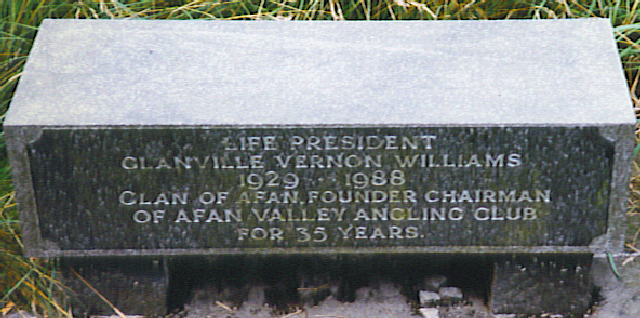
Other colourful characters who made up the “Committee” of the Afan Valley Angling Club included Viv Evans, Vice Chairman, Iziah Charles, Ticket Secretary, and Ken Davies, Treasurer. Iziah lived on the banks of the River Afan, in the shadow of the aquaduct in Pontrhydyfen. Glan, Viv and Ken were workmates at the steel plant in Aberafan.
On one of my visits to Cwmafan (2010) I stumbled on several AVAC Committee members supervising the planting of hatchery fish (photo below).
Fishing spots
There are numerous great stretches and pools of the Afan for fishing. A few of my favourites from days gone by, some with colorful names, include:
- Corlannau weir- a good holding pool for migrating fish. The weir was subsequently lowered to provide a fish pass
- Ynys Afan – previously known as The Piggery
- The ‘wall’ at the bottom of the previous Tymaen Street
- The (now-demolished) railway bridge at the bottom of Tymaen Crescent
- Johnny Bennet’s (named after the grocer who’s orchard backed on to the river)
- Maes-Y-Bettws, immediately above the footbridge, and upstream behind the row of houses
- Below the footbridge leading to Oakwood school
- The stretches above and below Afan Argoed Country Park
During the years of recovering the Afan, stoneblock (blocks of limestone) was used to create numerous “new” pools. throughout the river.
I had the honour of being the 1970 Afan Valley Angling Club Champion, having caught the largest fish submitted for the season, at Maes-Y-Bettws above the footbridge. I’m sure there were more deserving catches that weren’t submitted.
Over the years, several studies of the Afan fishery have been conducted, some as university PHd projects. The report of one study under the auspices of the Wild Trout Trust can be viewed here. More recently, the club is working with the AMBER project, involving Swansea University:
Reconnecting the Salmon Rivers of Wales a project to reduce/manage artificial barriers to fish migration in Welsh rivers. .
